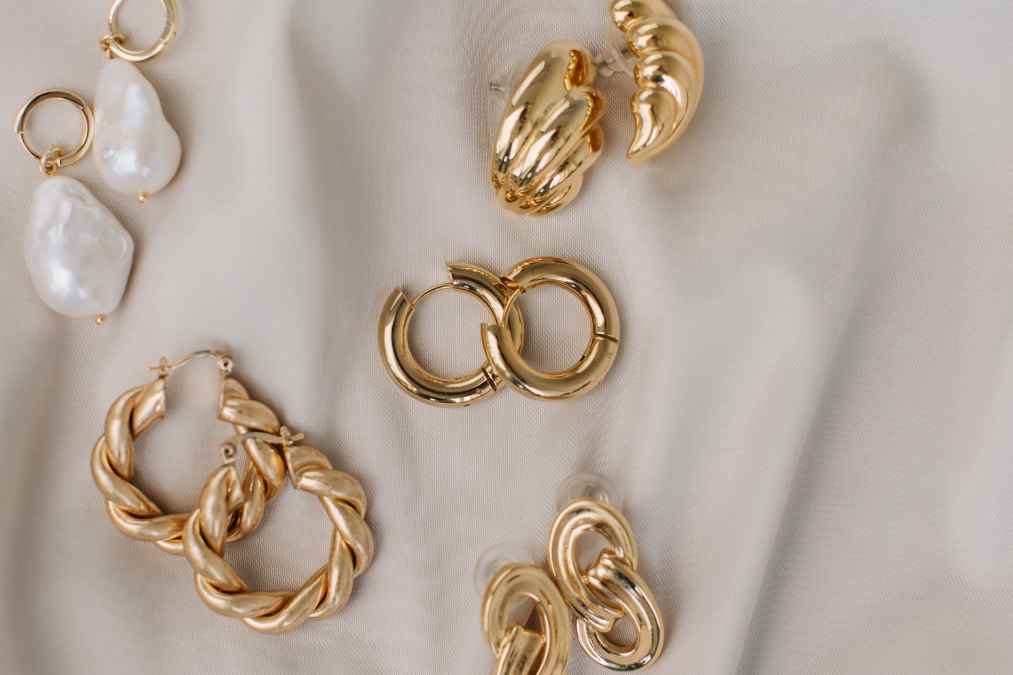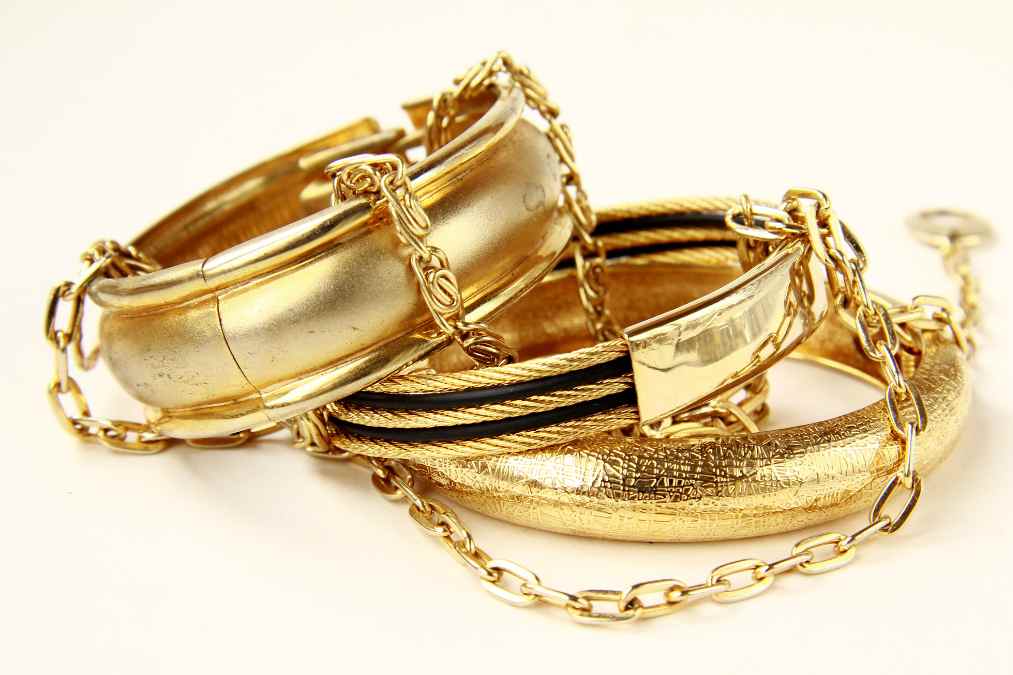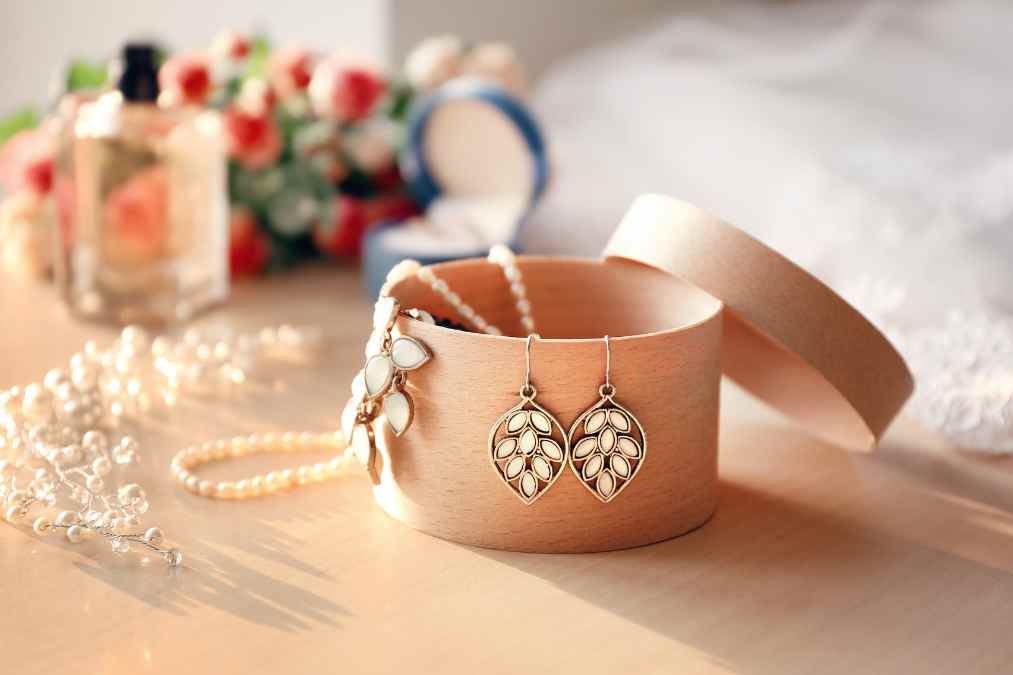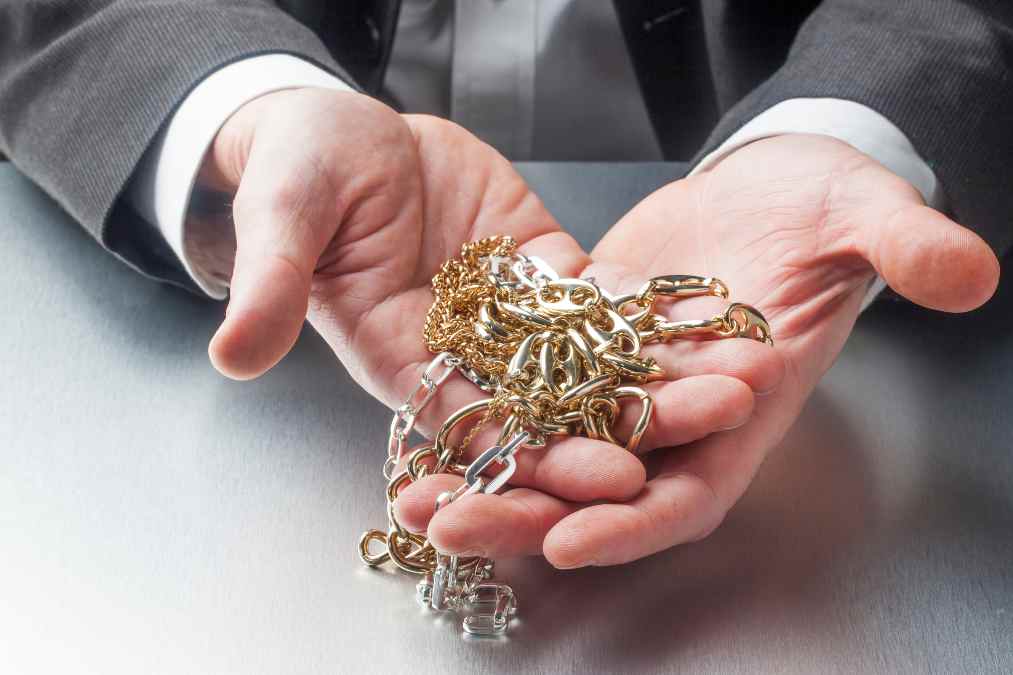Those who own valuable jewelry claimed as an heirloom or new acquisition must understand how to insure it. Insurance is how you can protect your valuable pieces.
This guide will walk you through the several factors on how to insure jewelry, from the steps to the expenses involved. These factors include where to find insurance plans and their costs.

Jewelry insurance is a specific kind of coverage designed to protect your precious pieces against loss, theft, damage, or disappearance. Unlike regular homeowners or renters insurance, a dedicated policy guarantees better protection levels, especially for the value of your belongings.
Your jewelry insurance policy usually includes thorough appraisals and specific terms addressing the special qualities of every piece. For those with valuable items, this kind of insurance is especially crucial since it gives peace of mind knowing your investments are safe. Knowing the subtleties of jewelry insurance guides your choices on asset protection.
After knowing how do you insure jewelry, you need to know its coverage. Jewelry insurance guarantees the protection of your valuable objects under different conditions. A common policy covers theft, which is among the most often expressed worries for jewelry owners.
It also covers loss that might strike without warning, such as misplacing a pendant on a trip or a ring at the beach. Moreover, these rules address damage. Damages can be anything from a cracked diamond to a broken clasp.
Certain insurance companies even provide "mysterious disappearance" coverage, which covers lost items without a clear explanation, adding even more protection for unaccounted-for losses. This thorough coverage gives you peace of mind knowing that your valuable items are guarded against a great range of events.

Jewelry insurance does not cover every possibility. Typical exclusions are general wear and tear, which is the slow degradation of jewelry from daily use. Policies usually exclude coverage for damage resulting from lack of maintenance, which is basically neglect of appropriate cleaning or servicing of the pieces. Most policies also won't cover losses during a manufacturer's repair or modification unless specifically mentioned in the policy.
Another common exclusion is intentional acts—any deliberate actions that cause damage or loss will not be covered. Similarly, pest damage, such as harm caused by insects or rodents, is generally not included in standard jewelry insurance.
Furthermore, losses resulting from natural disasters such as floods or earthquakes might require different coverage depending on the policy and location. Knowing these exclusions is essential since it helps you control expectations and guarantee the proper treatment of your insured goods.
Jewelry insurance ranges greatly in cost, usually between 1% and 2% of the value of the item annually. For example, insuring a $10,000 engagement ring might run you $100 to $200 annually.
Several elements affect the price you pay.
It is advisable to get quotes from several insurers to compare coverage options and rates. This section on how to get jewelry insured helps you find a policy that works with your budget and needs.

Securing insurance for your jewelry comes down to knowing the following critical steps.
Get an Appraisal: The first step is to know how to get jewelry appraised for insurance. Have each piece of jewelry appraised by a certified gemologist. This is important since it will set the value of your jewelry and the amount an insurer will place for your coverage.
Compare Insurance Providers: Research several companies to evaluate their policies on coverage, exclusions, deductibles, and premiums. This step helps you find a policy works best for your jewelry.
Add to Homeowners Insurance: If you cannot find specific companies with the best policies, you learn how to add jewelry to homeowners insurance. The step involves negotiating with your insurer to add a rider or endorsement that specifically covers your valuable pieces.
Provide Documentation: Send your selected insurer the required paperwork, including the appraisal report and documentation proving ownership.
Review the Policy: Review the policy to make sure it meets all your needs. This helps you know your obligations under the agreement and the situations where your jewelry is not covered.
Update Regularly: Keep your insurance current with any notable changes in the value of your jewelry or if you purchase new objects to guarantee continuous and sufficient coverage.
Many respectable businesses provide specific jewelry insurance programs, each with special advantages and features. Renowned provider Jewelers Mutual is one example that has been insuring jewelry for more than a century. They provide complete coverage including repair and replacement for luxury items.
Chubb offers insurance for high-value jewelry with no deductible options. The company offers automatic coverage for new jewelry purchased.
Your personal situation and the value of your items determine if jewelry insurance is worth the investment. Insurance provides peace of mind for those with high-value or sentimental jewelry. If you regularly wear expensive jewelry or if your objects are prone to travel or public exposure, insurance is worth the investment.
If you own heirlooms that lasted for generations in your family, you should consider insurance. You will want coverage that repairs or replaces your precious pieces should anything happen to them, allowing future generations to enjoy them.

Beyond insurance, daily care and preventative actions help to ensure that your precious items stay in perfect condition. Below are some useful pointers to assist in protecting your jewelry:
Always store your jewelry in a clean, dry place, preferably in a fabric-lined jewelry box or pouches that prevent scratches. For more valuable pieces, consider using a safe or a bank's safety deposit box.
Clean your jewelry regularly to keep it sparkling. Use appropriate cleaning solutions and techniques suited to each piece's type of metal and gemstone. Many jewelers also offer professional cleaning services.
Be mindful when wearing jewelry. Remove rings, bracelets, and necklaces during physical activities like sports or gardening to avoid physical damage or loss.

Have your jewelry inspected by a professional jeweler at least once a year for any signs of wear or damage, such as loose gemstones or weakened clasps.
When traveling, keep your jewelry in a secure, concealed place. Use a travel jewelry organizer that keeps items separate and protected, and consider leaving highly valuable items at home.
People who own valuable or sentimental pieces must know how to insure jewelry. Getting the correct insurance guarantees that your prized possessions are safeguarded against damage, theft, or loss. Proper coverage offers peace of mind in many different circumstances. Choosing a reliable insurance company and applying the advice in this guide will help you to properly and confidently protect your jewelry investments.
In jewelry insurance policies, a deductible is the amount you agree to pay personally before your insurance starts to pay the remaining repair or replacement cost. While the policy and the insurer will greatly affect this deductible, selecting a higher deductible usually results in reduced premium costs. Choose a deductible amount you feel comfortable paying should a loss arise.
Generally speaking, you should let your insurance company know if you discover your ring after submitting a claim and getting paid. The process usually consists of either keeping the ring and reimbursing the insurance company the received money or returning the payout. Policies vary, so it's crucial to know how your insurer views recovered goods to guarantee compliance and prevent legal problems.
Revaluating your jewelry every two to three years helps to guarantee that your insurance coverage fairly represents its current market value. Changing market conditions cause the value of gemstones and precious metals to vary. Regular evaluations guarantee that your insurance is sufficient and current, so shielding you from underfunding should a loss occur.
Knowing how to wear engagement ring and wedding band lets you showcase your own style or cultural tradition. Read our ring and band guide for details!
Read MoreExplore the differences in durability, cost, and use between sterling silver vs silver to make informed choices in jewelry and silverware with our guide!
Read MoreLearn how to make a wooden ring with this beginner-friendly guide. Discover essential tools and materials, plus tips for crafting your own unique wooden ring.
Read MoreExplore engagement ring styles with our in-depth guide. Learn about different types, settings, and materials to find the perfect ring for your special moment.
Read More